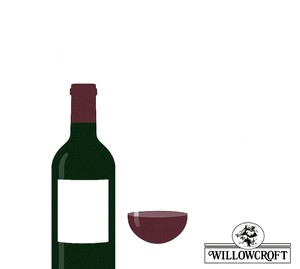The Truth About Corked Wine - Part II

Part 2: Can Corked Wine Be Saved? And What Wines Are Most at Risk?
Once you’ve identified a corked wine, the next logical question is: Can it be fixed? Sadly, the answer is almost always no. TCA binds to the wine and can’t be removed through airing out, decanting, or filtering.
The "Saran Wrap Trick" – Myth or Magic?
There used to be a method involving plastic wrap to bind TCA and remove the musty smell. It worked with an older version of Saran Wrap, but today’s plastics don’t have the same chemistry, so the trick doesn’t really work anymore.
What to Do If You Get a Corked Bottle
If you’re at a tasting room or restaurant, let the staff know. Most places are happy to replace the bottle. If you purchased the wine retail, save the cork and receipt and contact the seller. Corked bottles aren’t your fault and are usually refunded or replaced.
Which Wines Are Most Susceptible?
Cork taint doesn’t discriminate by price or variety, but here are some factors:
- Natural cork closures are the primary risk factor. Screw caps and synthetic corks are much less likely to be affected.
- Delicate wines like light-bodied reds and whites may reveal cork taint more easily than bold, heavily oaked reds.
- Older wines can show cork taint more obviously as their fruit character fades, although age itself doesn’t cause cork taint.
Next Week's Topic: Part III - The role air plays in wine enjoyment and spoilage, from decanting benefits to when oxygen becomes the enemy.

